Hi there, pet lovers! 🕷️💡
If you’re looking for a pet that’s unusual, low-maintenance, and full of personality, the Armored Harvestman (Vonones sayi, also called the Ornate Harvestman) might be the perfect choice. These tiny, armor-plated arachnids are not spiders, but they share a similar mystique—minus the venom and webbing.
Native to North America, these creatures are known for their striking appearance, docile nature, and surprising hardiness in captivity. But are they the right pet for you? In this detailed review, we’ll explore everything you need to know—from their behavior and care requirements to their unique quirks and breeding habits.
Overview
Armored Harvestmen are small, non-venomous arachnids with a prehistoric, armored appearance. Unlike spiders, they lack fangs and silk glands, making them harmless to humans. Here’s a quick summary of what makes them stand out:
- Handling & Temperament: Gentle and slow-moving, but fragile.
- Care & Maintenance: Extremely low-maintenance, similar to isopods.
- Health & Durability: Delicate individually but hardy as a colony.
- Availability: Rare in pet trade; best sourced from breeders.
- Cost: Very affordable to keep, with minimal setup expenses.
Overall: A fantastic choice for arachnid lovers who enjoy observing small, active creatures without the need for complex care.
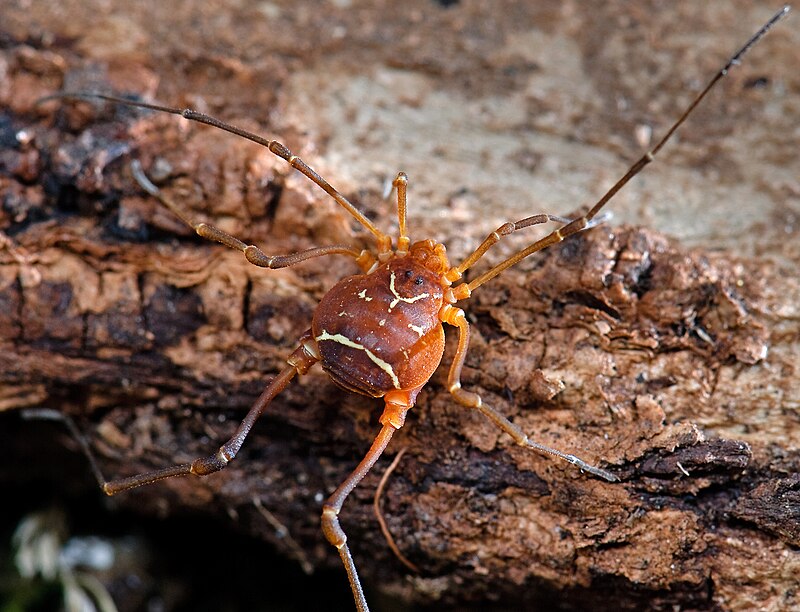
Why Choose an Armored Harvestman?
Armored Harvestmen are ideal for keepers who appreciate unusual invertebrates but don’t want the responsibility of a high-maintenance pet. They are:
✔ Silent & space-efficient (perfect for apartments).
✔ Safe around children (non-venomous, no biting risk).
✔ Fascinating to observe (especially under blacklight, as they fluoresce!).
✔ Easy to breed in captivity if given proper conditions.
While they won’t bond with you like a reptile or mammal, their unique behaviors and low upkeep make them a rewarding choice for micro-pet enthusiasts.
Handling & Temperament
Are Armored Harvestmen Easy to Handle?
Armored Harvestmen are docile and slow-moving, making them one of the easiest arachnids to handle. However, they are fragile, so gentle handling is a must.
Key Handling Traits:
- Non-aggressive – No biting, stinging, or venom.
- Leg Autotomy – Like some lizards, they can drop legs if stressed (though they don’t regrow them).
- Defensive Secretions – Some species release a stinky brown liquid when threatened (harmless but unpleasant).
Handling Tips:
✔ Use soft brushes or hands (avoid squeezing).
✔ Limit handling time to prevent stress.
✔ Supervise children to avoid accidental harm.
Verdict: Great for observation-based keepers, but not ideal for frequent handling.
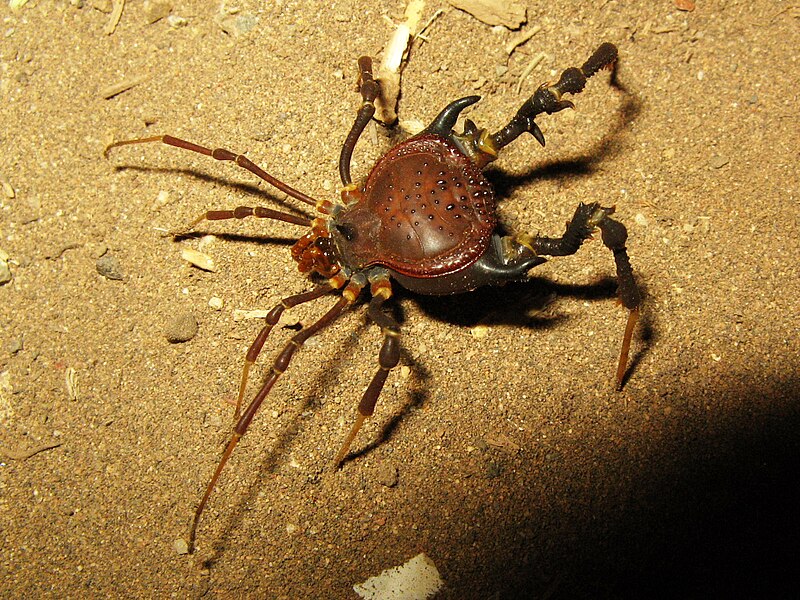
Care & Maintenance
Enclosure Setup
Armored Harvestmen thrive in simple, well-ventilated enclosures with:
- Size: A 5-10 gallon tank (or plastic bin) for a small colony.
- Substrate: Coconut fiber, leaf litter, and sphagnum moss (retains humidity).
- Climbing & Hiding Spots: Cork bark, egg crates, or lotus pods (they love vertical surfaces).
- Clean-Up Crew: Springtails (essential to prevent mold and eat waste).
Humidity & Temperature
- Humidity: 60-80% (mist lightly 2-3 times a week).
- Temperature: Room temp (65-75°F)—no heating required!
Feeding
Armored Harvestmen are opportunistic scavengers and enjoy:
✔ Dry foods (fish flakes, dog kibble, dried mealworms).
✔ Fruits/veggies (apple slices, carrot bits).
✔ Live prey (springtails, flightless fruit flies—essential for breeding).
Feeding Schedule: Offer food 2-3 times a week; remove uneaten scraps to prevent mold.
Health & Durability
Common Health Issues
- Dehydration (if humidity is too low).
- Mold outbreaks (from excess moisture or rotting food).
- Leg loss (due to rough handling or stress).
Preventative Care
✔ Maintain stable humidity.
✔ Provide a varied diet.
✔ Avoid overcrowding.
Lifespan: Individuals live 6-12 months, but colonies can thrive for years with proper care.
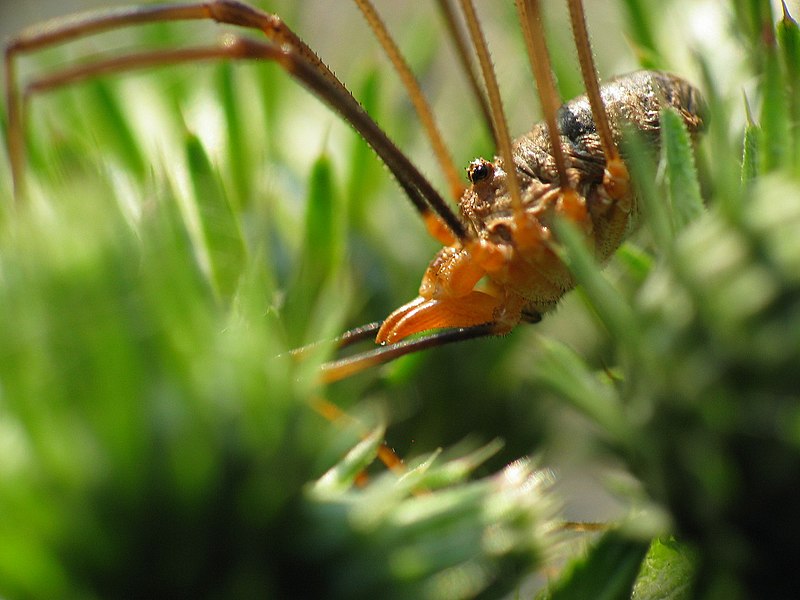
Availability & Cost
Where to Buy
- Specialty breeders (best option for healthy stock).
- Online invertebrate shops (e.g., Roach Crossing).
- Wild collection (possible but not recommended for sustainability).
Cost Breakdown
- Harvestmen: $10-$30 per individual (cheaper in groups).
- Enclosure setup: $20-$50 (budget-friendly!).
- Food: Negligible cost (household scraps work).
Note: They are rare in pet stores, so online sourcing is often necessary.
Pros & Cons
Pros
✅ Extremely low-maintenance.
✅ Safe for beginners (no venom, no biting).
✅ Unique, prehistoric appearance.
✅ Fluoresces under blacklight!
Cons
❌ Fragile (leg loss risk).
❌ Short individual lifespan.
❌ Hard to find in pet trade.
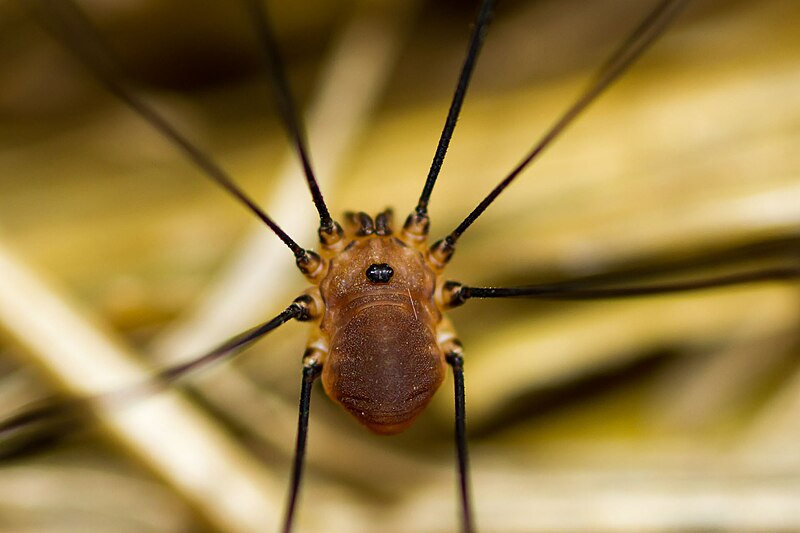
Final Thoughts
The Armored Harvestman is a fascinating, low-effort pet perfect for invertebrate lovers who enjoy observing tiny ecosystems. While they’re not for everyone, their ease of care, unique behaviors, and striking looks make them a standout choice for micro-pet enthusiasts.
If you’re ready to dive into the world of armored arachnids, start by sourcing from a reputable breeder and setting up a simple, bioactive enclosure. Happy keeping!
Have you kept Armored Harvestmen? Share your experiences below!
For more unique pet guides, stay tuned to our blog! 🕷️💡



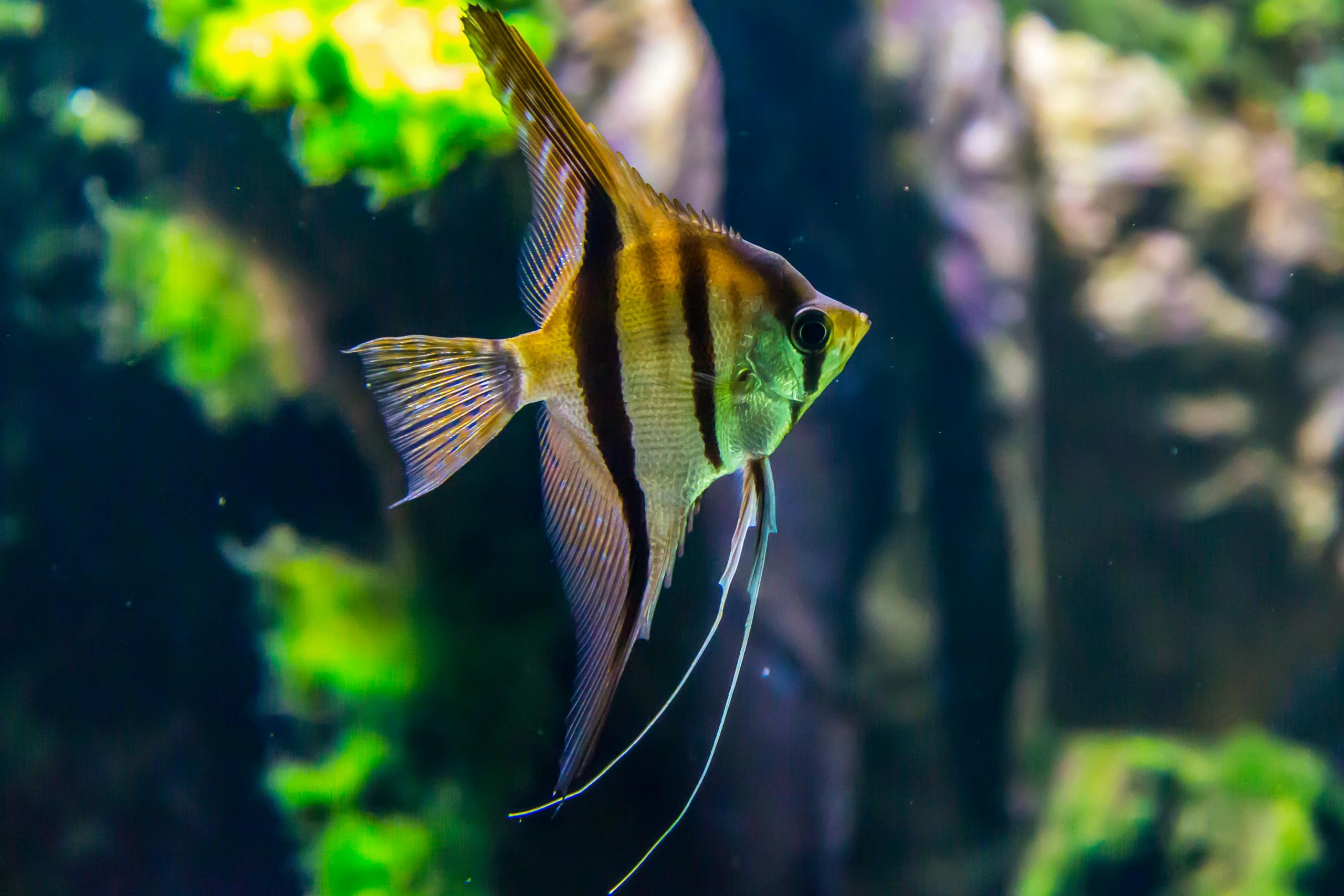
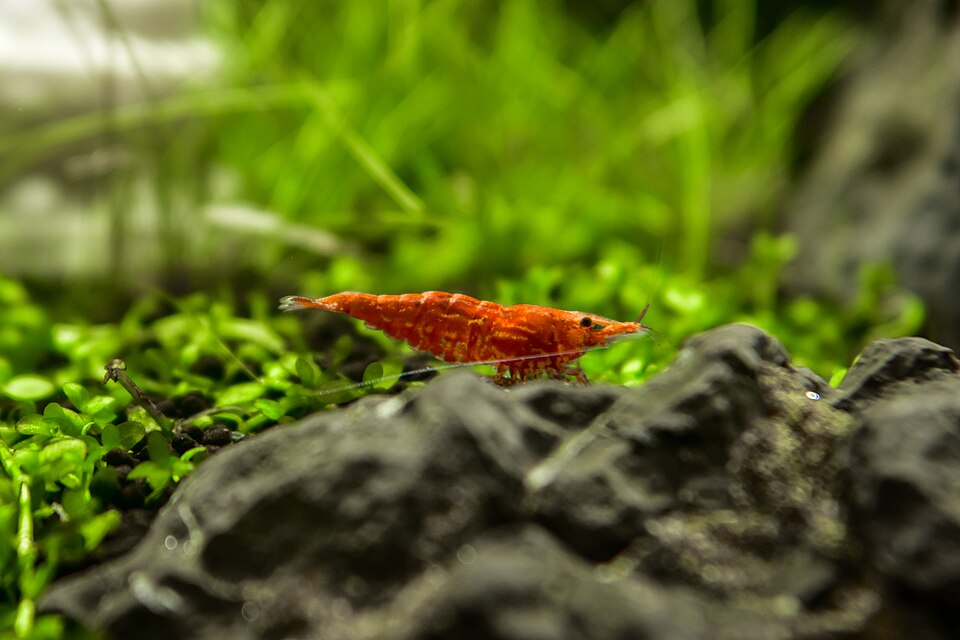

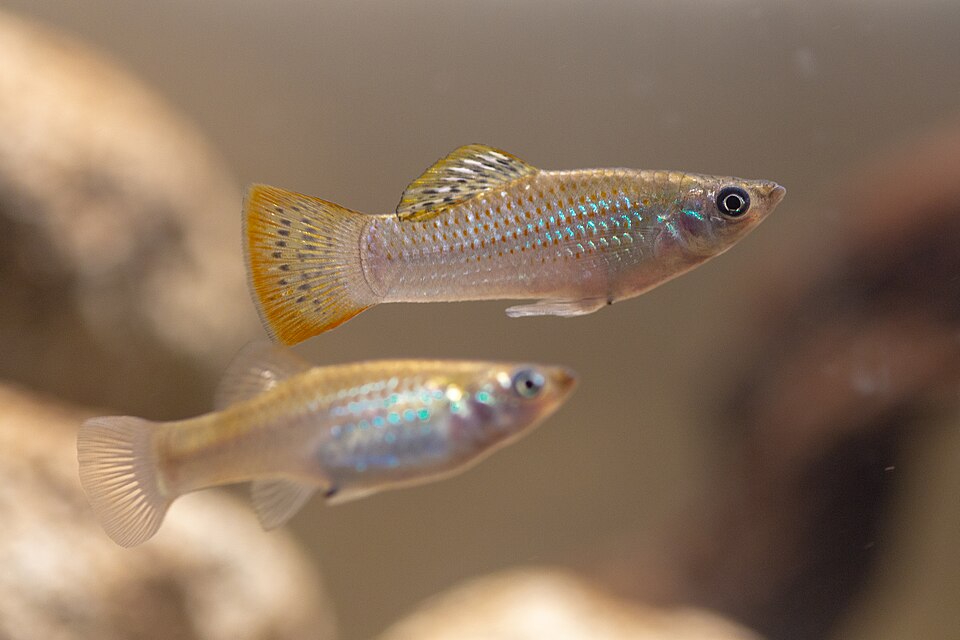

Leave a Reply